Journey to Agartha Review: Animation which anyone in the world can enjoy?
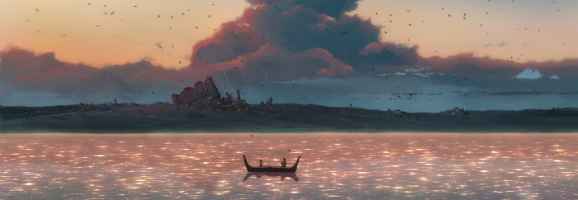
Since the passing of her father, Asuna has spent her days alone listening to her radio on the hillside and looking out into the expanse of the countryside. Suddenly, one day while crossing the bridge between her home and her hillside hideout, a strange creature attacks her, luckily an equally strange young man who calls himself Shun saves her life in the nick of time. Upon discovering that the he is from a land called ‘Agartha’, and being blessed by him in the form of a kiss, Asuna’s curiosity and confusion about the recent events deepens. However after asking her new substitute teacher about Agartha, she learns that it is in fact the land of the dead. Her curiosity leads her to take a journey with her substitute teacher into the land of the dead, to search for lost love ones and discover things unknown to them, that lie deep within themselves.
‘Animation which anyone in the world can enjoy’, that was Shinkai’s goal for Children Who Chase Lost Voices. Did he achieve this? Well the film is certainly not as accessible as a Ghibli film, and the themes and messages which it explores aren’t as clear as the ones which a film meant for an international audience would have. Rather than seeing Journey to Agartha as a film, I couldn’t help but feel that it was a piece of art; beautifully constructed and filled with imagery and metaphors – many of which can be interpreted in a variety of ways. Therefore due to these factors I would not say that this is Shinkai’s most accessible film. My brother (who in this instance I’m going to define as ‘anyone’) whom was watching it with me on my first viewing, couldn’t stop himself from constant “what-the-helling”.
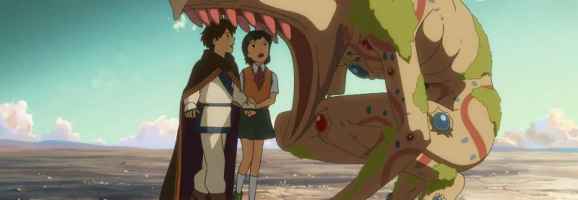
The themes explored in the film are very similar to those looked at in 5 Centimeters Per Second and many of Shinkai’s other works: coping with loss, understanding change and learning to move on. Despite this I couldn’t help but feel confused by what I was supposed to have learned from this film. On the one hand 5 Centimeters ends on (what I thought was) an almost suicidal note, on the other hand, Agartha contains the same themes and explores equally depressing concepts, however despite this it has a much more uplifting (and almost confused) ending. Either Shinkai himself is incredibly confused as to how he should feel about these themes which he obsesses over, or in the four years between 5 Centimeters release and the release of Agartha, Shinkai himself went on a journey which changed his world view. He mentioned that his time spent in the Middle East and the year he lived in London changed his perspective, perhaps this what we see in Agartha. However, despite the strong themes and storyline, the characters often feel slightly one dimensional and frequently act without obvious reason. There was a strong suggestion throughout the film that I was supposed to understand what each of the characters motivations were, despite none of them having been mentioned.
Agartha was Shinkai’s first major project in which he worked more collaboratively with the project staff. However this by no means detracted from the film, whilst this explains the difference of the films’ art style, the film still very much feels like a Shinkai work in terms of flow, narrative and obviously the themes it explores. Shinkai is still firmly sitting in the director’s chair.
Children Who Chase Lost Voices is a departure from Shinkai’s previous work in terms of its art style. Agartha is visually similar to North Africa and the Middle East, however, fans of the director’s previous work will be familiar with the nostalgic depiction of Japan. The contrast between the films’ two settings reinforces both the cultural separation of the two worlds and the different mentalities of each respective population. Backgrounds are certainly on par with Ghibli’s and are, arguably, more beautiful. Character designs are also highly commendable, whilst they are certainly Ghibli-esc (Shinkai said himself that he wanted to go for a much more Ghibli-esc look in terms of character designs – most likely to increase the accessibility) this does not detract from their beauty. As has been used in many of Shinkai’s previous works, there is a large use of CGI in this production, luckily it’s only awkward in one instance and it actually adds to the quality of animation. Speaking of animation, the overall quality of it is good, but it is by no means groundbreaking, evidently the production team did not really see the film as an opportunity to experiment with new techniques.
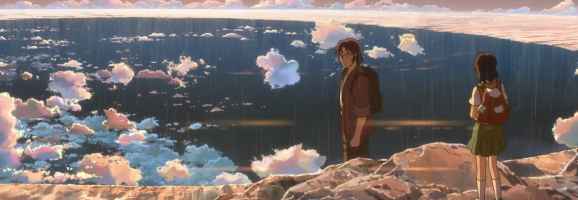
The soundtrack is highly commendable. Anri Kumaki’s theme ‘Hello Goodbye’ fantastically captures the theme of coping with loss and moving on which the film covers, and it is also brilliantly sung. Tenman’s score is also noteworthy, its emotions are successfully conveyed, and arguably is just as strong as some of Hisaishi’s pieces for Miyazaki in the past.
However despite many of the movie’s flaws, Manga UK’s special edition that it released for the film, arguably, in itself makes it worth purchasing. Whilst I’m aware that the US version packed much more content, the UK version still contains: the film, a special features disk, the blu-ray and a small art book. There is, therefore, more than enough additional content to keep an anime fan interested in making the purchase. The forty-five minute documentary gives a fantastic rare insight into modern day anime production and how the film itself was conceived. The documentary covers everything from conception to post production; each stage is looked at in detail with Shinkai himself describing each step of the journey. The fifty five minutes of interviews with the cast and crew gives a much needed insight into the motivation of each of the characters and portrays what it is like to be a voice actor. While the art book is small, there is a large amount of content. It is nicely split between ‘To Agartha’ and ‘Agartha’, allowing the production team to really show their skill at conceiving both realistic and fantasy settings, though artistic notes aren’t translated and some paintings are frustratingly small, these two factors don’t detract from the beautifully painted, almost Miyazaki-esc concept art which the book contains.
Manga UK’s Jeremy Graves unboxing the special edition.
Will Journey to Agartha stick with me for a lifetime like 5 Centimeters? No. Is the special edition a wonderful addition to my anime collection? Yes. Does Agartha’s story line alone make the film worth watching? No. Is the animation and art style spectacular? Yes. From my point of view if you’re not prepared to spend £23, or the $99 (new) if you’re in the US, or you’re not particularly interested in anime art style and the animation process then I would recommend renting the film rather than making the bigger purchase. Journey To Agartha is still a great film, however, I wouldn’t say that it’s ‘animation which anyone in the world can enjoy’, though if you’re a fan of Shinkai then this title is definitely for you.
Rating:
What do you think? Leave a comment.




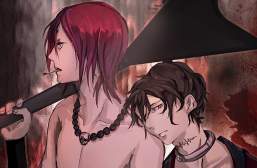
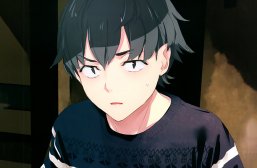
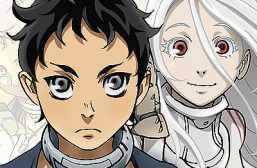
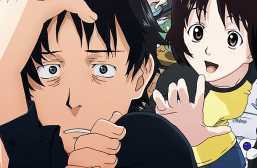
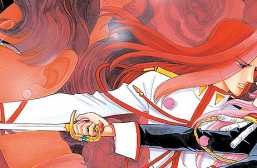
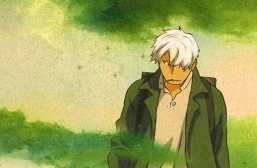
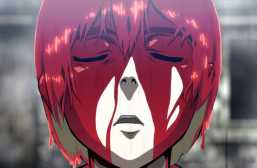
Shinkai tried to pack waaaay too many ideas into the running time. It’s the downfall of it.
It was a good idea, but it either needed to be longer (and it was already pretty long) or a TV series – although it doesn’t really fit into a TV series audience…maybe a full manga series would have worked..
This is a great review. I love Journey to Agartha, the animation is stunning. But the voice acting in the dubbed version is below par…
Thanks 🙂 you’re right, if you’re going to watch the movie definitely watch it subbed
Yay they made a dub!! Do they all have English accents? ha ha.
I like the comment about your brother constantly “what the helling”. I guess being into anime makes you immune to such things.
“it’s anime it doesn’t have to make sense!!”
It’s an American dub, it’s average though so don’t get you’re hopes up! Rather than saying ‘it’s an anime’ over and over again, to keep him quiet I just had to keep on saying ‘it’s a metaphor….I think…’
Hahaha, aw I like my dubs so i will still take a look at it. Average is better than bad :p
I guess, it’s not that bad though considering that there isn’t really much talking for the first half hour of the film
The setting to me looks more like a mix of Spain, with the green looking river and town with the Roman bridge which looks more similar to Tole do than anywhere in North Africa/the middle east, and the Eurasian steppe.
Hey thank you for the review i do agree with every point you made. After watching the film though, it took me 1-2 min. to hover over the ending and the things that happened. I was confused and maybe i just didn’t understand what the film was about. but yeah too much mixed signals and no one point of direction in my opinion.
Sounds like there is a certain existentialism in this anime.